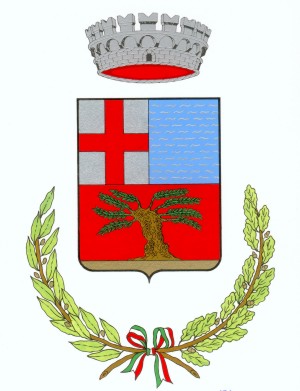
|
SITO UFFICIALE DEL COMUNE DI TERZORIO |
Terzorio: A Historic Commune in Liguria, Italy
Terzorio is a small commune located in the province of Imperia in Italy’s Liguria region. It is situated approximately 100 km southwest of Genoa and about 11 km southwest of the city of Imperia.
Basic Information
-
Local name: In the Ligurian language, Terzorio is called “O Tersö”
-
Area: 1.9 km² (0.73 square miles)
-
Population: 208 inhabitants (as of December 31, 2004)
-
Elevation: 185m above sea level
-
Postal code: 18010
-
Patron saint: Saint John the Baptist (San Giovanni Decollato)
-
Mayor: Valerio Ferrari (of the Civic List)
Geographic Location
Terzorio borders three other Italian communes: Cipressa, Pompeiana, and Santo Stefano al Mare.
History
According to local tradition, Terzorio dates back to the early Middle Ages, possibly due to the presence of Langobards in this inland part of Liguria. In 1049, Countess Adelaide of Susa donated the territory of the present commune to the Benedictine monks of the Santo Stefano monastery in Genoa.
Over the centuries, Terzorio changed hands numerous times:
-
Initially a feudal domain of the counts of Ventimiglia
-
Became part of the Duchy of Villaregia
-
In 1228, was sold to Count Bonificio of Linguilia
-
In 1353, fell under the rule of the Republic of Genoa
-
In the 16th century, was heavily attacked by Barbary pirates
-
Later became part of the Kingdom of Sardinia
-
From 1861, belonged to the Kingdom of Italy
-
Since 1947, has been an independent commune
Architecture and Notable Sites
-
Medieval tower dating from the latter half of the 16th century
-
Parish church dedicated to Saint John the Baptist
-
Chapel of Saint Mary Magdalene (15th century) located near the 19th-century Town Hall
-
The town is built in tiers on the hillside, with houses featuring corridors that form covered walkways with arches to support the stone houses
The Chapel of Saint Mary Magdalene served as the parish church from 1488 to 1745 and was restored in 2002 to restore its original appearance.